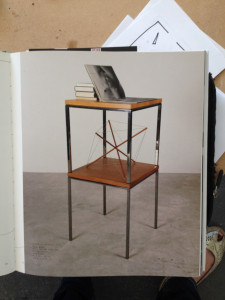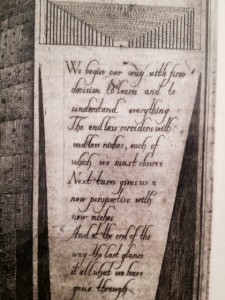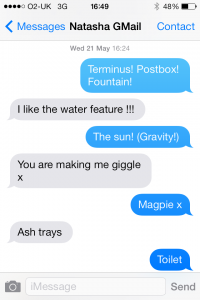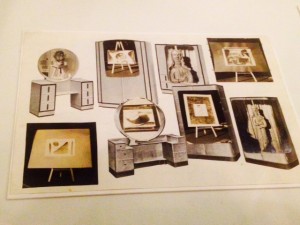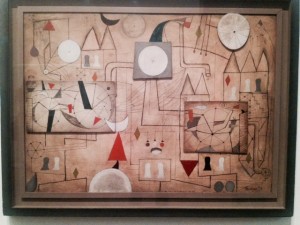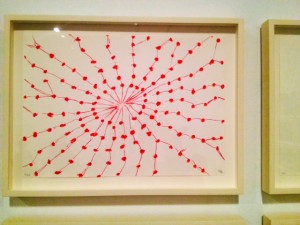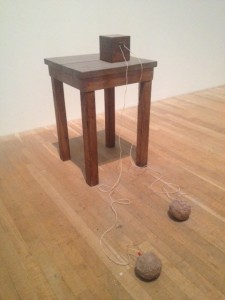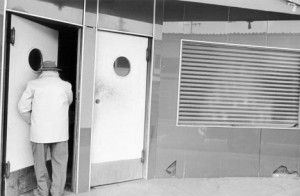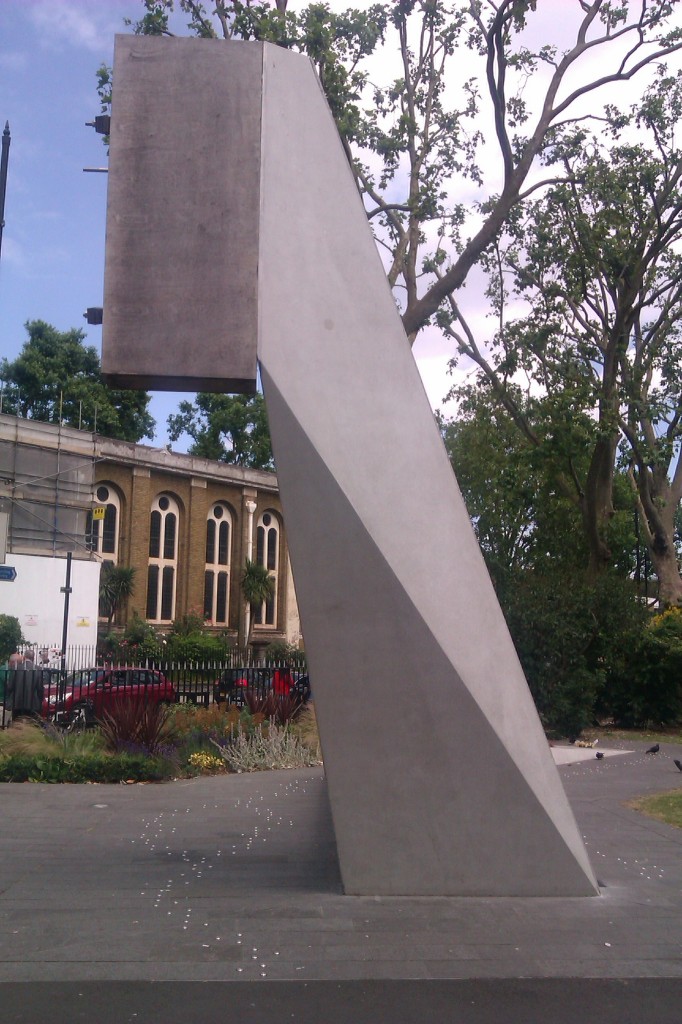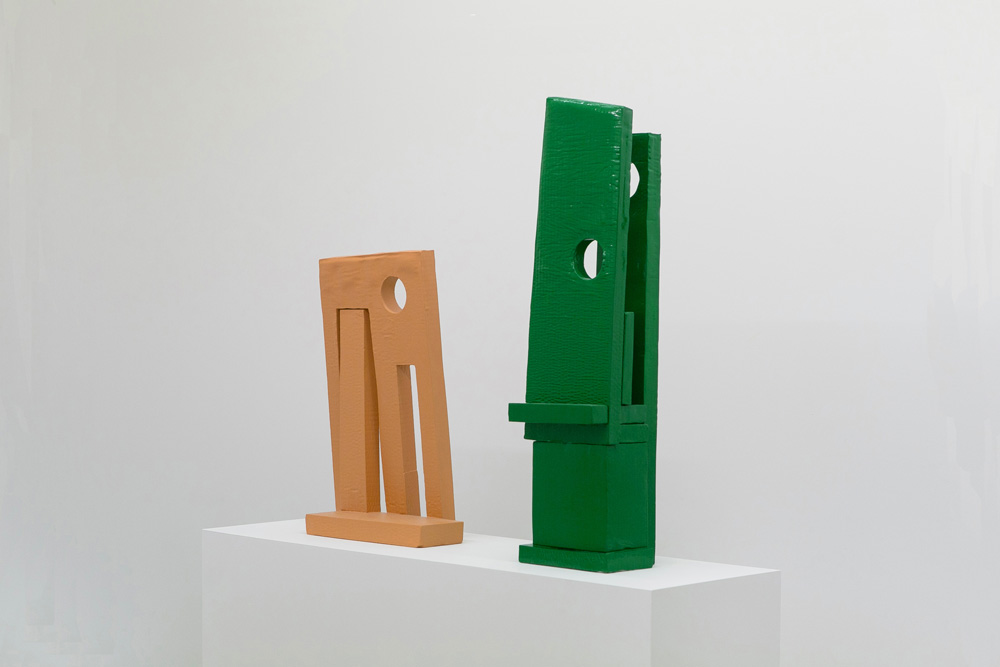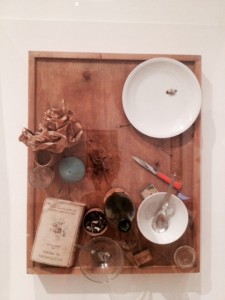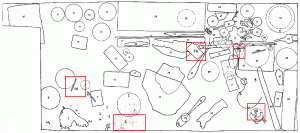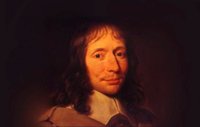Perhaps because I have been thinking about gathering as an active process that holds within it a history and particular genealogy I increasingly ‘picture’ the relationship between things visually, as a web (Meshwork – Ingold) that recognises where ideas hail from as well as what they are. A person (or thing – the Noticer) might be the reason that things find their way together and in a particular order but might not that responsibility also necessarily rest with the objects/ideas themselves and the very many connections and recommendations that led to their discovery? What and who is the driver for our desire to make connections and is it (when is it) a social, connected impulse as it is here on this blog?
I recently gave Leanne a book, The Company She Keeps, Celine Condorelli, that I haven’t read yet (see Leanne’s comment on Co-operation) but which I believe talks about friendship, perhaps in relation to making, talking, working:
‘Perhaps one of my favourite definitions of cultural production is of “making things public”: the process of connecting things, establishing relationships, which in many ways means befriending issues, people, contexts. Friendship in this sense is both a set-up for working and a dimension of production.’
My picture of the things I’m thinking about and am interested in always comes with a picture of and interest in the person from whom it arrived.
